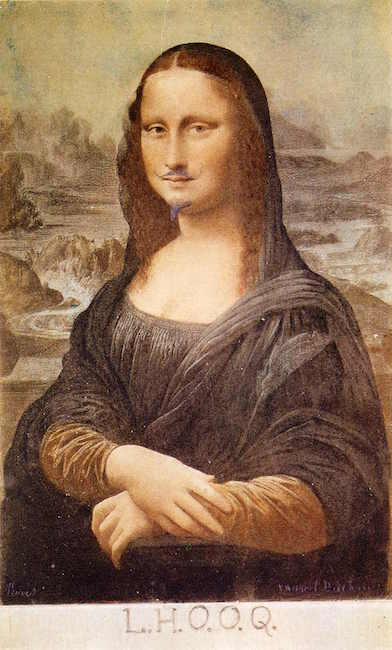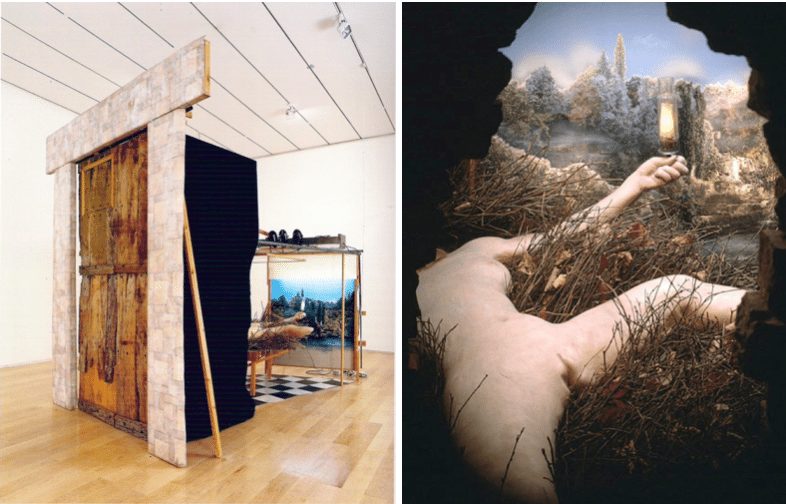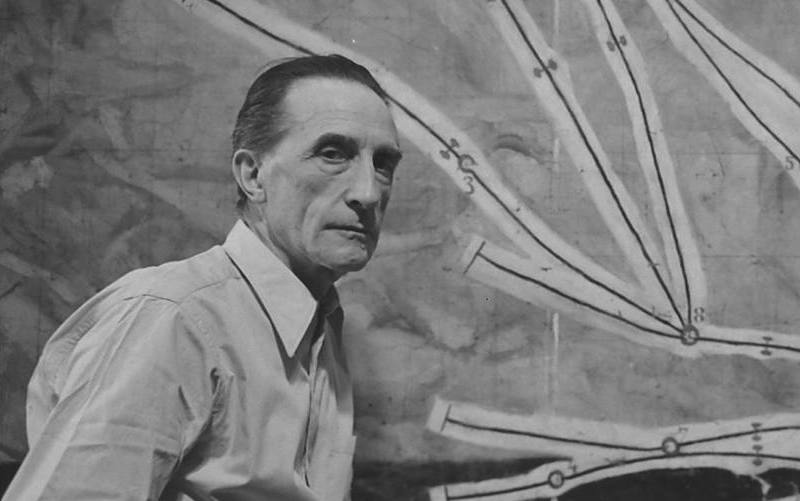Marcel Duchamp
Episode #10 of the course “Prominent artists of Modern Art”
Marcel Duchamp, founder of Dada, was born in France in 1887 and became known in the Parisian salons of the 1920s. His approach to art not only inspired a generation of painters themselves but theorists as well. He believed in conceptual art and was the first to describe “ready-made” commercialized pieces as potential artistic objects. Refusing to accept the established standards of the art world, Duchamp is most famously known as one of the founders of the Dada art movement.
 Fountain (“readymade”)
Fountain (“readymade”)
Before World War I, Duchamp’s art embodied elements of Impressionist and Cubist styles, such as his Nude and Nude Descending a Staircase from 1912.

Both of these paintings attempt to render motion into static form and show a progression of movement through overlapping images. After the war, Duchamp’s movement into Dada made him one of the most radical and abstract artists of Europe.
Dada as an artistic expression seeking to represent the inexpressible reaction people felt to the social anxieties of World War I through nonsensical phrases and images. Duchamp promoted both these ideas and the re-appropriation of classical images to incorporate modern concerns. In 1919, he released his parody of da Vinci’s Mona Lisa, which depicts the lady with a mustache and goatee. He titled it “L.H.O.O.Q.”, which is a play on words in French and indicates the woman in the Mona Lisa not as a romantic subject but as an object affected by human desires.

An outrageous figure who gave up painting to play chess for nearly 25 years but returned to the art scene with Etant donnes, Duchamp continued to cause controversy until his death in 1968.
 Etant donnes
Etant donnes
Share with friends

